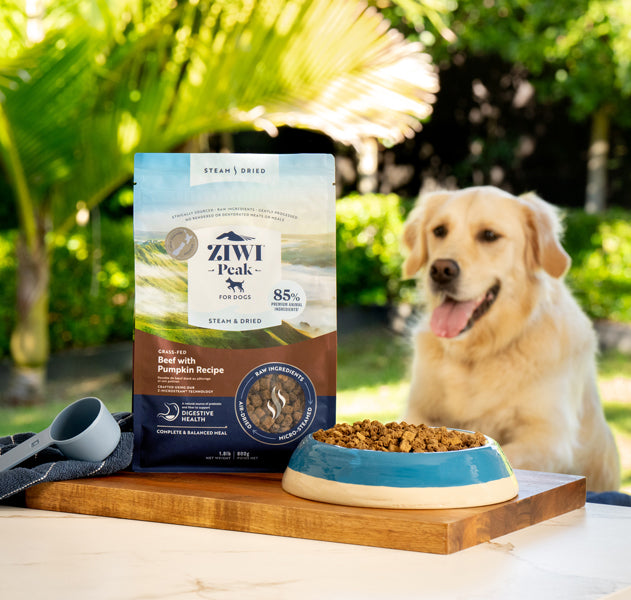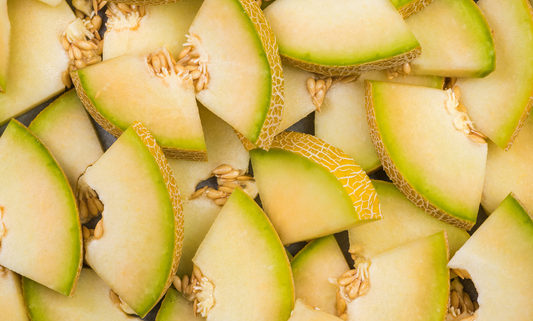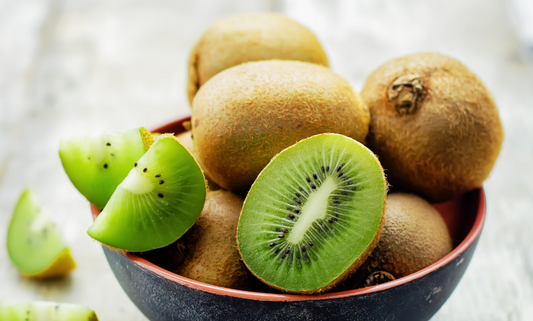Switching to a high-meat diet is one of the best decisions you can make for your dog’s health, but their gut needs enough time to adjust.
Dog diarrhea isn't just stressful for pet guardians but can be harmful to your dog’s internal organs if left untreated. So, if you’re thinking about making the switch, here’s everything you need to know to ensure the transition to a new diet is safe and comfortable for you both.
How to transition safely to a raw diet
If you’re ready to make the switch from processed dog food to an alternative-to-raw diet, you’re making the right choice for your beloved pet, but remember - good things take time.
It’s important to prepare your dog’s digestive system appropriately - and that means transitioning slowly and carefully. Be prepared for a slow transition of approximately 7-10 days.
On day 1, try filling your dog’s food bowl with 75% old food and 25% new food. You can then slightly increase the ratio of new food every day, but the key here is to stick with a similar protein. If your dog has been eating beef dog roll and kibble, for instance, then start with a beef recipe (such as ZIWI Peak® air-dried beef) and check out our feeding calculator for further assistance!
What to expect while transitioning
How quickly your dog digests their food depends on a number of factors, from age and breed to weight and water consumption. Most dogs will experience softer stools initially (and more of them). If you’re still noticing runny stools after 7-10 days, try feeding them a little less or slowing down the transition process.
The power of green tripe
Green tripe is the unbleached, cold-washed stomach lining of prey animals and contains natural probiotics which can support gut health. All air-dried and wet ZIWI Peak recipes (except chicken) contain green tripe.
Ready to make the switch to ZIWI Peak?
Check out our transitioning guide for more information.
Sources:
https://link.springer.com/content/pdf/10.1007/s00248-002-0001-z.pdf
https://www.cambridge.org/core/journals/proceedings-of-the-nutrition-soc...
https://www.whole-dog-journal.com/health/digestion/carbohydrates-and-you...
https://www.dogsnaturallymagazine.com/switching-dog-to-raw-food-diet/
https://www.whole-dog-journal.com/food/the-facts-you-need-before-feeding...
https://pets.webmd.com/dogs/dog-constipation-causes-treatment










